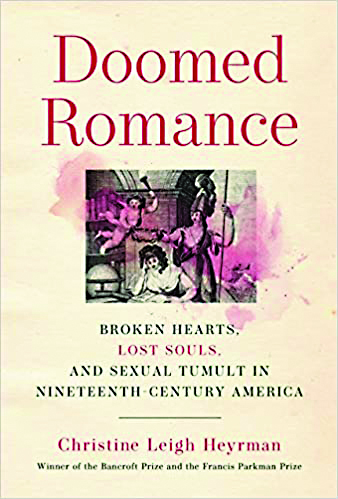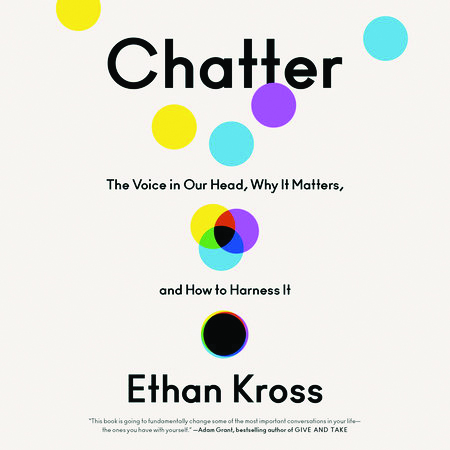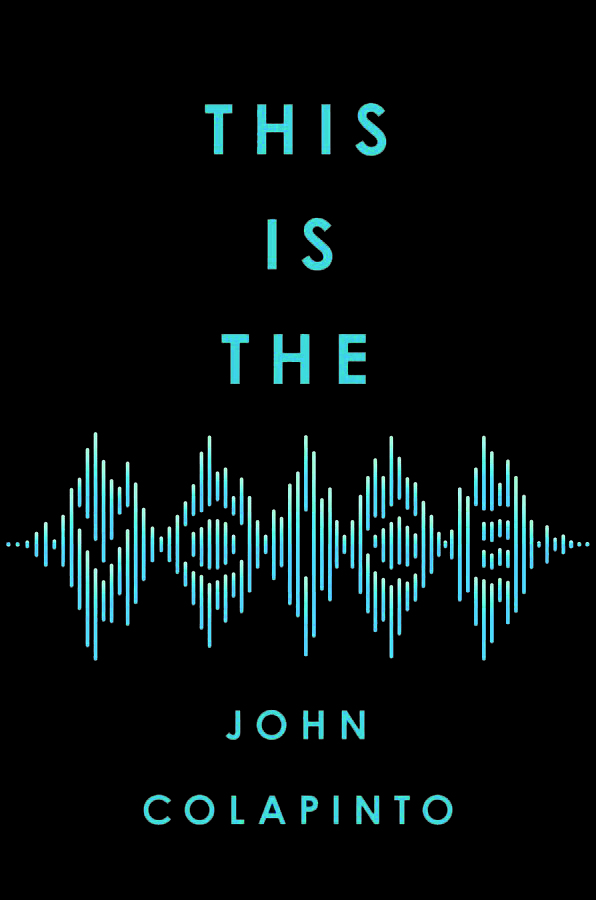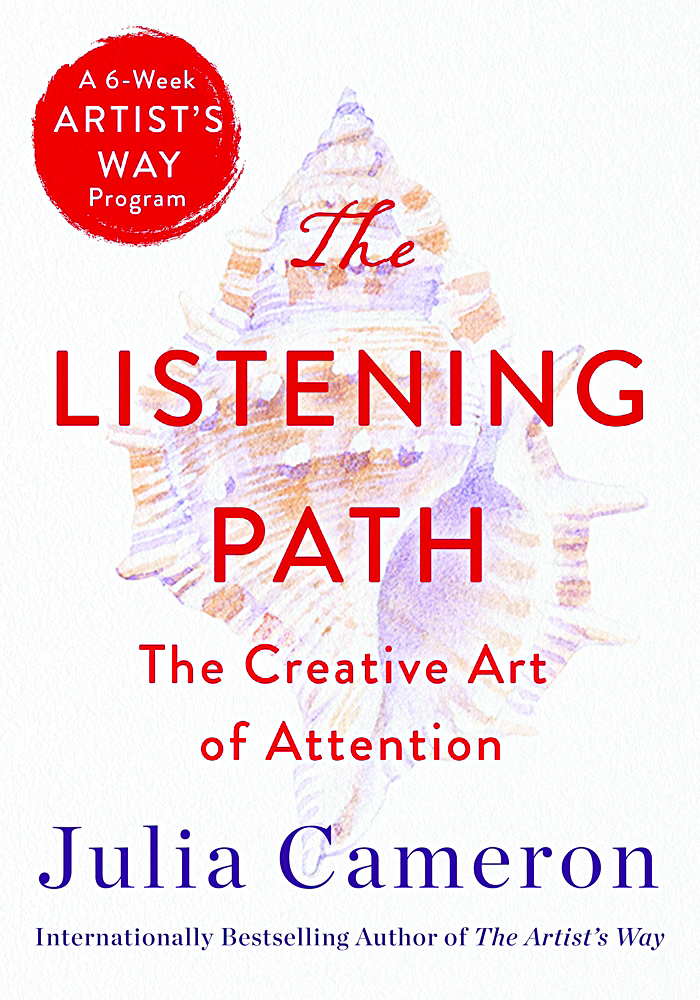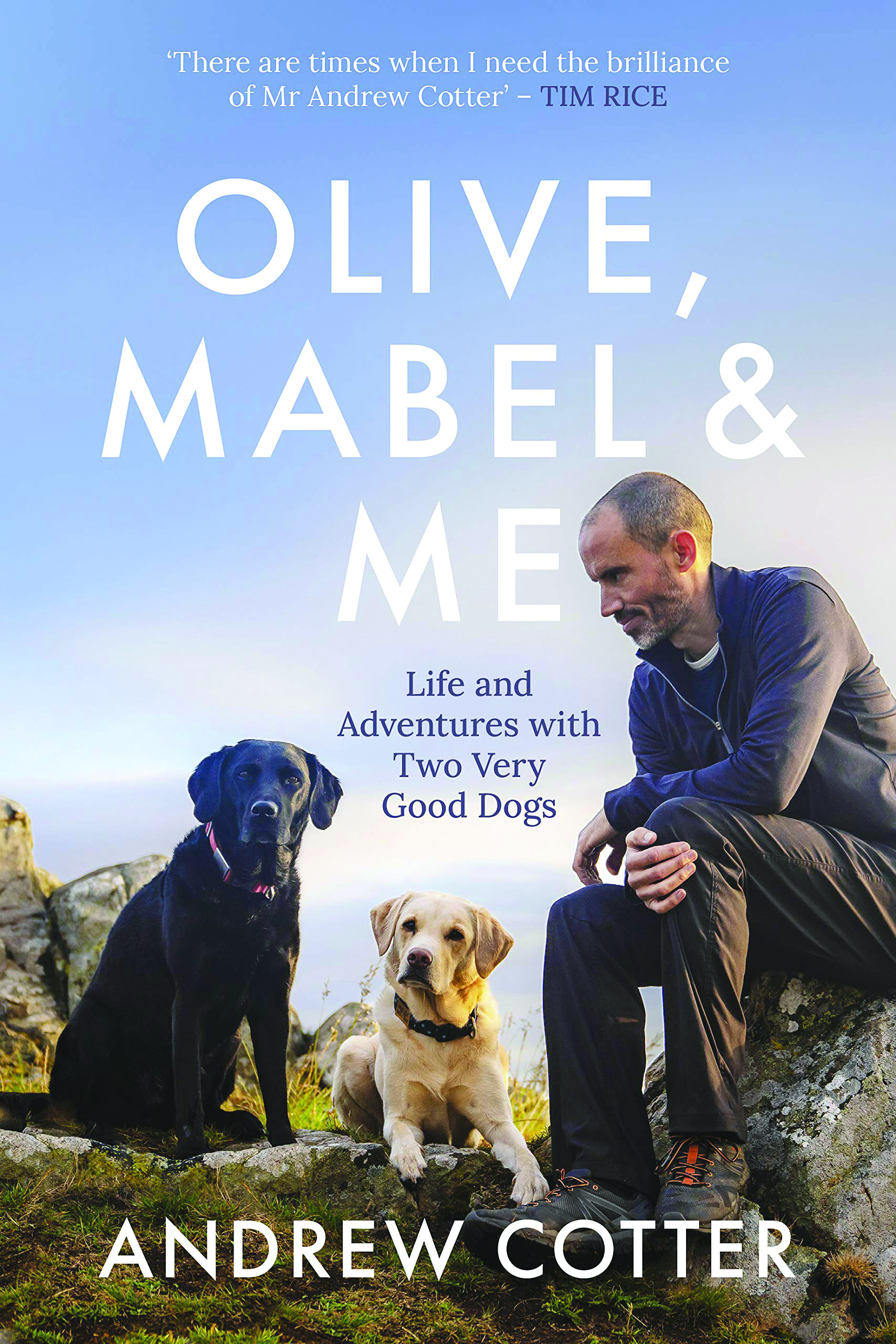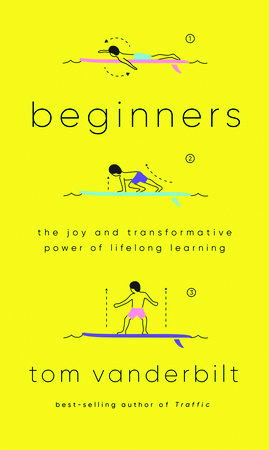Doomed Romance: Broken Hearts, Lost Souls and Sexual Tumult in Nineteenth-Century America, by Christine Leigh Heyrman (Knopf, 304 pages)
Perform a Google search for “Martha Parker” and “Dunbarton, New Hampshire” and nothing especially interesting comes up. There’s just a smattering of obituaries and grave-marker sites related to assorted Parkers from the Merrimack County town near the intersection of Interstates 89 and 93.
What a difference a century or two makes.
Had there been Wikipedia in her day, Martha Parker would have been at the top of Google search results. For a time, she was one of the most famous young women in this part of New England, and a couple of men tried to make her one of the most scandalous. Let’s just say, if reality TV had been a thing in the early 19th century, there might have been a show called “Keeping Up with the Parkers.”
Historian Christine Leigh Heyrman discovered the story by accident, while studying correspondence to and from “pious Yankees set on saving the world,” missionaries originating in New England. In multiple letters, there were tantalizing mentions of the beautiful, young Parker, spurned suitors, broken engagements and a reputation in danger.
This was all the more interesting because Parker was no Jezebel; she was a pious, educated young woman who hoped to be a missionary’s wife in the Ottomon Empire. America may have been the promised land, but many of its 20-somethings, as it turns out, were clamoring to leave. For girls who grew up in a culture steeped in Calvinism, Heyrman writes, becoming a missionary’s wife was a prime aspiration, and these “assistant missionaries,” as they were called, were celebrities in New England villages, their adventures written up in the local newspapers.
“Years spent in the company of high-minded people have given me a taste for low gossip,” Heyrman says, and she wanted to learn more. Her investigation led to an archived box of correspondence that had been collected by the American Board of Commissioners for Foreign Missions, the powerful organization that controlled which pious New Englanders would be sent overseas to save the heathens.
The story was all there but in pieces, like a puzzle: letters, disaries, depositions and testimony the board had collected about Parker’s character.
That was difficult work, but then came the hardest part: convincing a publisher that all this antique correspondence would make an interesting book.
Fortunately, Heyrman succeeded, on both counts. Doomed Romance loses points for the titular spoiler, but it’s a surprisingly compelling account of a messy love triangle, examined through the mores of the time. Heyrman knits the travails of a 21-year-old who grew up in Dunbarton, bent on obtaining “assurance” of her salvation, into a tapestry of what New Hampshire was like in the early 1800s, as aspirational young women pushed back against the men who were bent on keeping them busy on the home front.
In the process, she makes clear the differences between a culture defined by religious faith and a culture defined by the lack of it, but also that despite the chasm between 1821 and 2021, a basic human nature prevails, with or without social media.
Heyrman at one point describes Parker and one of her suitors as “supremely self-absorbed, steeped in hothouse emotions and skilled at working up themselves and each other.” They had, she said, “over many years, become addicted to the drama of their relationship.”
Not that any of us would know anyone like that.
Like most of her contemporaries, Parker was in the market for a spouse, and because she was by all accounts (there are no photographs) comely and whip-smart, there were multiple men competing for her hand. The two that figure most into this story are Thomas Tenney and Elnathan Gridley, and for a time she was engaged to both.
Although Tenney, Heyrman writes, emitted an “odor of sanctity,” Gridley was richer and had better prospects on the mission field. (And, can we agree, a much better name?) So despite Tenney’s remonstrations — which included an hour-long dramatic reading of his account of their relationship to that point, delivered to Parker and her sister — Parker settled on Gridley. And then the fireworks began.
An anonymous tattletale reported to the American Board that one of their aspiring missionaries had, basically, the morals of an alley cat. Was it Tenney who filed the report? That’s one of the small mysteries that drives this story, as well as what will become of the three central parties.
Heyrman does superb work in piecing together this obscure, 200-year-old story, made even more challenging because, as she writes, “private lives were much more private then.”
“For centuries, stoicism served as the default mode for nearly everyone in the Western world, ordinary people especially. The harder life was, the more crucial to hold emotion in check: sometimes survival itself demanded restraint, even hiding the heart’s desire.”
While the book bogs down at points, weighted by the quaint language of the day and a historian’s penchant for mind-numbing detail, it is frequently enlivened by Heyrman’s light touch. She writes, for example, of the melodramatic exchanges between Parker and her suitors echoing “the purple prose of those novels evangelicals were not supposed to be reading.”
Overall, however, while this is a well-crafted history, let the buyer beware: Doomed Romance is no romance novel. It’s a serious book for the serious minded. B
BOOK NOTES
Because the federal government doesn’t understand that none of us are emotionally equipped to deal with taxes during a pandemic, the tax filing season began last week.
Maybe you’ve already filed yours and are just waiting for the check to show up. For everyone else, let this be the year you take advantage of every possible deduction. There’s a wealth of books, some newly updated, that promise to help you do that.
How to Pay Zero Taxes by Jeff Schnepper, billed as “The IRS’s Worst Nightmare” (McGraw-Hill, 928 pages), is said to be the guide to every tax break the federal government allows. Given that one chapter is on cattle-breeding programs, that appears to be true.
If 928 pages is too daunting, there’s J.K. Lasser’s 1001 Deductions and Tax Breaks 2021 by Barbara Weltman (Wiley, 464 pages).
And, if you want to hear it straight from the horse’s mouth, so to speak, the IRS and Department of the Treasury publish their own paperback book, Tax Guide for Individuals (“Independently published,” it says; 137 pages). Infuriatingly, the IRS wants us to pay $12.99 in order to understand how to file our taxes instead of making all this information free on its website. At least it’s only 99 cents on Amazon Kindle for those inclined.
For a lighter take on the subject, take a look at Daylight Robbery: How Tax Shaped Our Past and Will Change Our Future by Dominic Frisby (Penguin Business, 288 pages). Frisby is a British comedian who apparently moonlights as a financial writer. He had me at the first page, in which he genially explains how in 1696 British monarchs William and Mary replaced the hated “hearth tax” (literally a tax on every fireplace in a home) with a tax on windows. Not surprisingly, people started building homes with fewer windows.
Daylight Robbery was published in hardcover last year, but a paperback version is out this month.
Books
Author events
• DIANE REHM Author presents When My Time Comes. Virtual livestream hosted by The Music Hall in Portsmouth. Tues., Feb. 23, 7 p.m. Tickets cost $5. Call 436-2400 or visit themusichall.org.
• PAUL KRUGMAN Author presents Arguing with Zombies. Virtual livestream hosted by The Music Hall in Portsmouth. Tues., March 2, 7 p.m. Tickets cost $5. Call 436-2400 or visit themusichall.org.
• C. J. BOX Author presents Dark Sky. Virtual livestream hosted by The Music Hall in Portsmouth. Tues., March 9, 7 p.m. Tickets cost $5. Call 436-2400 or visit themusichall.org.
Book Clubs
• BOOKERY Online. Monthly. Third Thursday, 6 p.m. Bookstore based in Manchester. Visit bookerymht.com/online-book-club or call 836-6600.
• GIBSON’S BOOKSTORE Online, via Zoom. Monthly. First Monday, 5:30 p.m. Bookstore based in Concord. Visit gibsonsbookstore.com/gibsons-book-club-2020-2021 or call 224-0562.
• TO SHARE BREWING CO. 720 Union St., Manchester. Monthly. Second Thursday, 6 p.m. RSVP required. Visit tosharebrewing.com or call 836-6947.
• GOFFSTOWN PUBLIC LIBRARY 2 High St., Goffstown. Monthly. Third Wednesday, 1:30 p.m. Call 497-2102, email [email protected] or visit goffstownlibrary.com
• BELKNAP MILL Online. Monthly. Last Wednesday, 6 p.m. Based in Laconia. Email [email protected].
• NASHUA PUBLIC LIBRARY Online. Monthly. Second Friday, 3 p.m. Call 589-4611, email [email protected] or visit nashualibrary.org.
Language
• FRENCH LANGUAGE AND LITERATURE CLASSES
Offered remotely by the Franco-American Centre. Six-week session with classes held Thursdays from 6:30 to 8:30 p.m. $225. Visit facnh.com/education or call 623-1093.
Special events
• EXETER LITFEST Literary festival will feature local authors, keynote speaker Victoria Arlen, book launches, a Saturday morning story hour for kids, and programs on various topics including publishing tips, mystery writing and homeschooling. Hosted virtually via Zoom by Exeter TV. Thurs., April 1, through Sat., April 3. Free and open to the public. Visit exeterlitfest.com.
Featured photo: Doomed Romance

